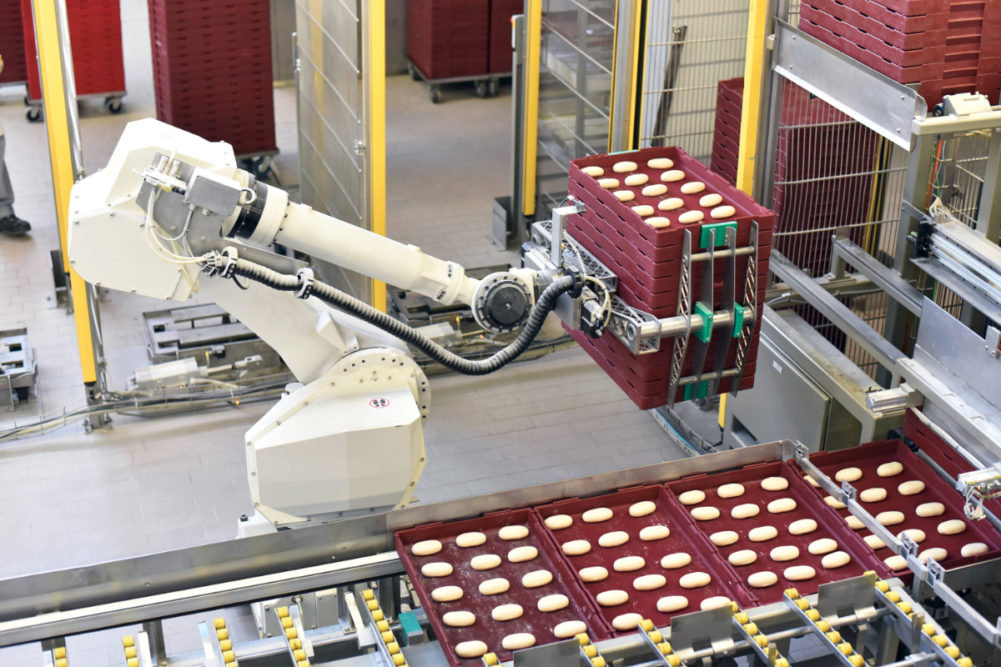While consumer purchases propelled top-line sales of baked foods sold at retail, pandemic-fueled operational trends became paramount as overhead, food safety and rising ingredient costs emerged as critical factors that threatened to wreak havoc on the bottom line.
Budget pressures such as labor costs are also behind a push for further investments in automation. With minimum wages rising in many areas across the nation, bakers are struggling to pay employees with benefits or attract and retain them, especially for the overnight shift at 24/7 operations. Factors such as allergen control, green initiatives and food waste reduction are prompting capital spending on baking and snack facilities.
In Baking & Snack’s May report on cake technology, industry experts noted that sweet goods makers are turning to robotics, digital technology and servo motors to drive efficiencies and ensure worker safety. Integrating automation with cloud technology can ensure a higher degree of responsiveness, metrics tracking and product customization and standardization. A focus on profits, brand loyalty and competitive pricing in a potentially inflationary environment has led to the implementation of automation meant to drive better management, stricter processes and safety controls, and to minimize the need for human intervention.
Moreover, bolstering capacity also has played a role over the past few years. Larger and wider ovens mean that bakeries need to invest in mixing, makeup and other equipment in the front of production lines. Investing in bakeries today will allow companies to meet the demands for their products as the economy continues to reopen.





